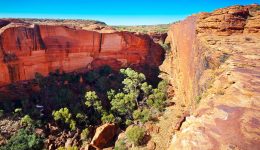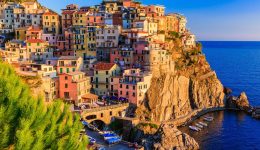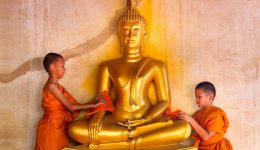Spotlight on Botswana

Botswana is the pride of Africa. It is a shining example of an African success story with economic prosperity, democratic peace and stability, diamond-bearing formations, effective eco-tourism and a dedication and commitment to the preservation of its natural resources. The diverse cultures of its people, landscape and wildlife make it a unique and wonderful place; one of the few remaining destinations in Africa that still provides a true sense of safari adventure.
Botswana is landlocked between Namibia, Zambia, Zimbabwe and South Africa. Its two big rivers, the Okavango and the Chobe, scrub-covered savannah and the Kalahari’s semi-arid expanse of sandy valleys, all provide a stunning landscape that’s rich in surprises. Visitors receive the chance to experience life from every angle – literally. The largely roadless vast spaces are best discovered on safari where game walks, mokoro excursions, boat trips and light-plane flights are obligatory modes of transport. Glide through emerald marshes on a dugout canoe, watch for elephants frolicking at the water’s edge on a wildlife river cruise, wonder at ancient San-people rock paintings in the hills of Tsodilo, walk with wild animals as they feed on dewy savannah grass in the early morn, and then soar above it all for a birds-eye view of the landscape’s seemingly infinite magnificence.
Botswana’s national parks and reserves are magnets to nearly all of southern Africa’s safari animals. Here they find sanctuary and enjoy a stable, year-round supply of water and food making it an excellent place to see lions, giraffes, elephants, buffalo, rhinoceros, leopard, hippopotamus, and over 1075 species of bird. A visit to the pristine wonderlands of the Okavango Delta, Kalahari and Moremi Game Reserves, Chobe National Park and the Makgadikgadi Pans guarantee a treasure-trove of unforgettable wildlife experiences.
When to go
Late May through to August (the dry winter), days are normally clear, warm and sunny, and nights are cool to cold. April to October is the best time to go, as the weather is stable and wildlife sightings are more predictable. Summer lasts from November to the end of March and brings high temperatures (over 40°C is common) high humidity, rain and clouds. Wildlife is harder to spot as animals seek shelter and water supply is abundant.

















